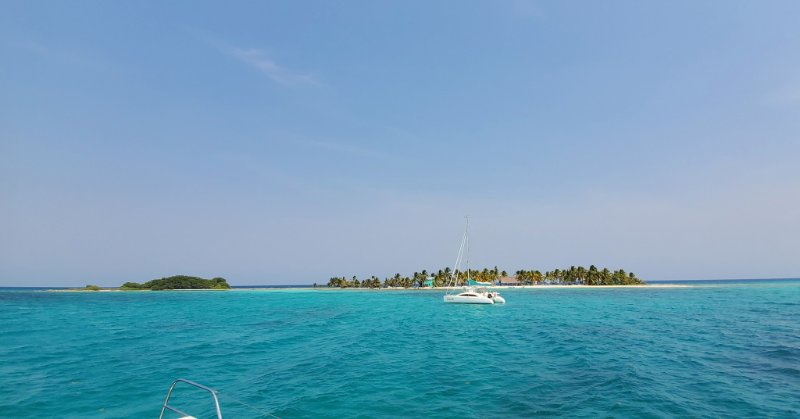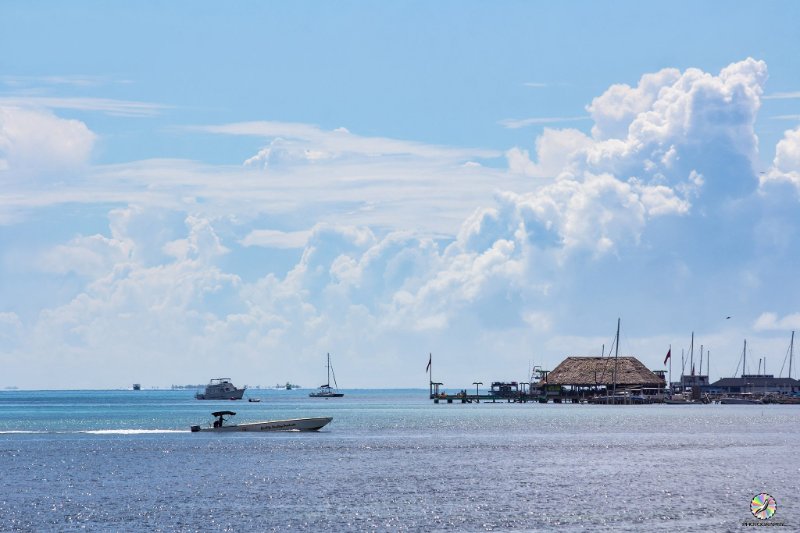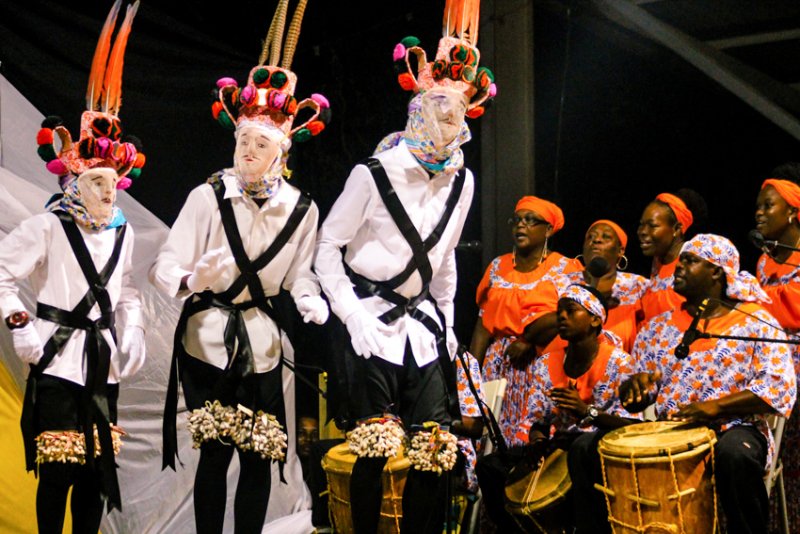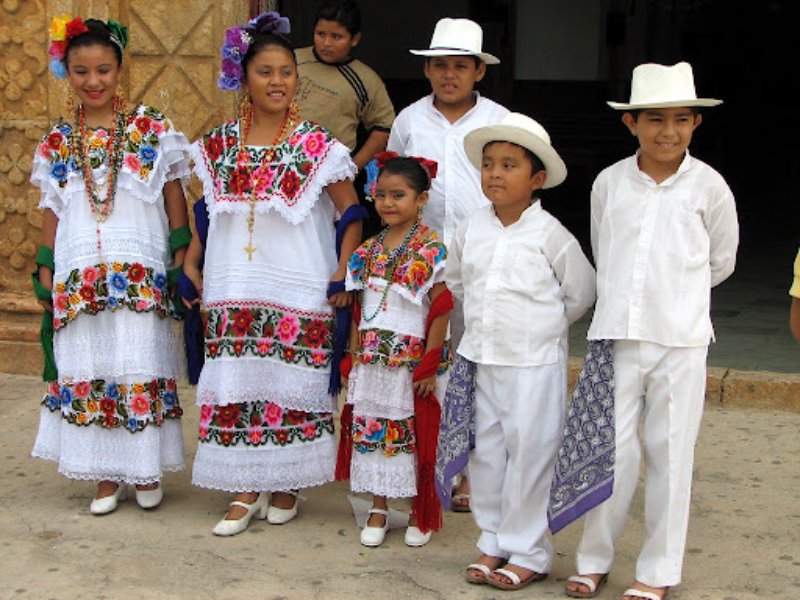About Belize: The Jewel of Central America
Where is Belize?
The highest point in Belize is Doyle’s Delight at 3,688 ft. The lowest elevation is, of course, the Caribbean Sea.
Belize offers some of the most breathtaking coastal scenery in the Caribbean. Add to this spectacular waterfalls, dense virgin jungles, the world’s second-largest barrier reef, magnificent Maya archaeological sites, stunning wildlife to rival any destination, the alluring Maya Mountains rising to over 1,100 meters, and an easy-going, friendly, and noticeably uncrowned character. It’s no wonder Belize is now regarded as The Jewel of the Caribbean.

Things To Do and See in Belize
Belize has evolved into a world-renowned ecotourism and adventure destination. Belize is home to sea turtles, dolphins, abundant coral ecosystems, world-class game fish, 566 bird species, stunning tropical flowers, jaguars, manatees, and magnificent whale sharks. Belize spells adventure! Be it sea kayaking among some of the best marine reserves in the world, exploring the largest cave system in the Americas, sailing through a Palm-studded Island chain scattered along the barrier reef, diving on three of the only four coral atolls in the entire Caribbean, or simply relaxing in a hammock beneath a coconut tree, Belize offers it all and more! Jacques Cousteau marveled at Belize’s amazing Blue Hole; a dive site renowned amongst scuba divers the world over. Thanks to the government’s environmental preservation policies, more than 46 percent of the land is legally set aside as a nature reserve and over 50 percent of the original forest remains intact–a remarkable feat! Come see for yourself!
- Expedia: Things To Do in Belize
- Trip Advisor: Things To Do in Belize 2017
- Belize.com: Top 10 Things To Do in Belize
- Lonely Planet: Top Things To Do in Belize

The Coastline and Cayes in Belize
Belize is the only Central American nation that doesn’t have a Pacific coastline The Caribbean coast of Belize has over 240 miles of beaches, mangrove swamps, rivers, and streams. Much of it is open to the public and still in pristine condition. With a barrier reef that is nearly 200 miles long, Belize is protected by the second-longest barrier reef in the world.
The Caribbean waters are perfect for boating, fishing, snorkeling, scuba diving, and much more. The people and government of Belize work hard to protect their portion of the ocean to keep it perfect and clean.
Belize Weather, Seasons, and Average Temperature
Being a subtropical nation, Belize has a dry season and a rainy season. The northern part of the nation will receive about 60 inches of rain, while the south can get 160 inches. The Cayes, or offshore islands, are noted for having very little to no rainfall from around January to September, making them some of the driest parts of the country.
Temperatures in Belize range from 50 degrees Fahrenheit to 95 degrees Fahrenheit. From September to January, the average temperature is about 75 degrees Fahrenheit, while in the summer, the average is 81 degrees Fahrenheit.
The History and People of Belize
Belize has always been home to the indigenous peoples of the Yucatan Peninsula. Most notable are the Maya who left evidence of their great ancient cities all over the nation, as well as thousands of descendants and their language and culture that exists to this day.
Over the centuries, indigenous Mexican citizens and Spanish-speaking citizens have taken shelter in Belize which, due to its unique location, was a haven for the many displaced during turbulent times in other neighboring countries. The islands and cays along the coastline were haunts for rogue pirates and African slaves seeking shelter. The entire nation of Belize is a melting pot of the populations of Central America, Europe, and other Caribbean nations.
Unlike most of the rest of Central America, Belize was part of the British Empire and thus became an English-speaking territory. Belize achieved independence on September 21, 1981, at which point the nation officially changed its name from British Honduras to Belize.
Government in Belize
As one of the most stable nations in the world, and particularly in Central America where many governments have come and gone, Belize is a safe haven for anyone looking to live in a sunny tropical land that is still maintained as the safe and tranquil paradise that it has always been.
The first national election was held in 1984 and since then, Belize has had a stable, democratically-elected government. The transition from one Prime Minister to the next has been peaceful and in accordance with the nation’s constitution.

Wikipedia summarizes the governmental structure of Belize most clearly:
“Politics of Belize takes place in a framework of a parliamentary representative democratic monarchy, where the UK monarch serves as head of state and the prime minister is the head of government, and of a multi-party system. Executive power is exercised by the government. Legislative power is vested in both the government and the Parliament of Belize. https://en.wikipedia.org/wiki/Politics_of_Belize…“
Languages of Belize: English, Spanish, and Belize Kriol
The official language of Belize is English, but the nation has many other languages that are common. Spanish and Creole are extremely common. Other languages that can be heard on the streets of the cities include Mayan, Chinese, Mennonite German, Lebanese, Arabic, Hindi, and Garifuna, a native tongue that has been declared a world cultural treasure.
Wikipedia describes the Belizean Creole commonly spoken by native Belizeans as follows:
“Belize Kriol (also Kriol or Belizean Creole) is an English-based creole language closely related to Miskito Coastal Creole, Jamaican Patois, San Andrés-Providencia Creole, Bocas del Toro Creole, Colón Creole, Rio Abajo Creole and Limón Coastal Creole… Belizean people speak English, Kriol, and often Spanish, while learning the English system of writing and reading in schools. https://en.wikipedia.org/wiki/Belizean_Creole…” Visitors may want to try it out!

The People and Culture in Belize
The culture of Belize is gathered from the souls of all the people who have lived there before. There is a strong Mexican influence, as well as echoes of the Maya who lived there before the Spanish arrived in the New World. There is currently a strong global influence due to the internet and television. In essence, the whole world comes to Belize and they are all welcomed to contribute to the richness of the nation. Many cultures have found a home here and living in Belize is a wonderful life.
Working and Employment in Belize
There is a large and vibrant underground economy comprised of small vendors and village trades that sustain the more rural parts of the country The nation’s employment is affected by the global economy due its reliance on tourism. To work in Belize foreigners, need to obtain a work permit or other status that allows for employment. The small population of the country limits the human capacity available for many positions so quality workers can be scarce for some specialized fields. The strong English language background and good educational system provide for a small but versatile and trainable population.
Living and Retiring in Belize: What is The Cost of Living in Belize?
The Belize dollar is tied to the US dollar at a rate of 2 to 1. Costs of living will vary depending on the location; in Belize City, the costs for housing and food will be lower than similar services and supplies on the Cayes but in the more rural areas the costs for the same services and supplies will be lower than in Belize City. Expect to pay the highest prices in the tourist areas of the Cayes as the transportation costs add to the cost of goods. On the whole living on the mainland is substantially less expensive than in the US or many other Caribbean countries while on the Cayes the cost of living is comparable to other Caribbean Island destinations.

The best part of retiring in Belize versus anywhere else in Central America is the stability of the government and the predictable exchange rate. Living in Belize is likely one of the most cost-effective ways for a North American retiree to live well in a subtropical nation.
Buying a Home in Belize and Belize Real Estate
Non-Belizeans can own property in the country, including waterfront properties and commercial properties. Land taxes are low and “Government Guaranteed Land Certificates” make purchases in Belize extremely safe. Click here for more information about buying real estate in Belize.

